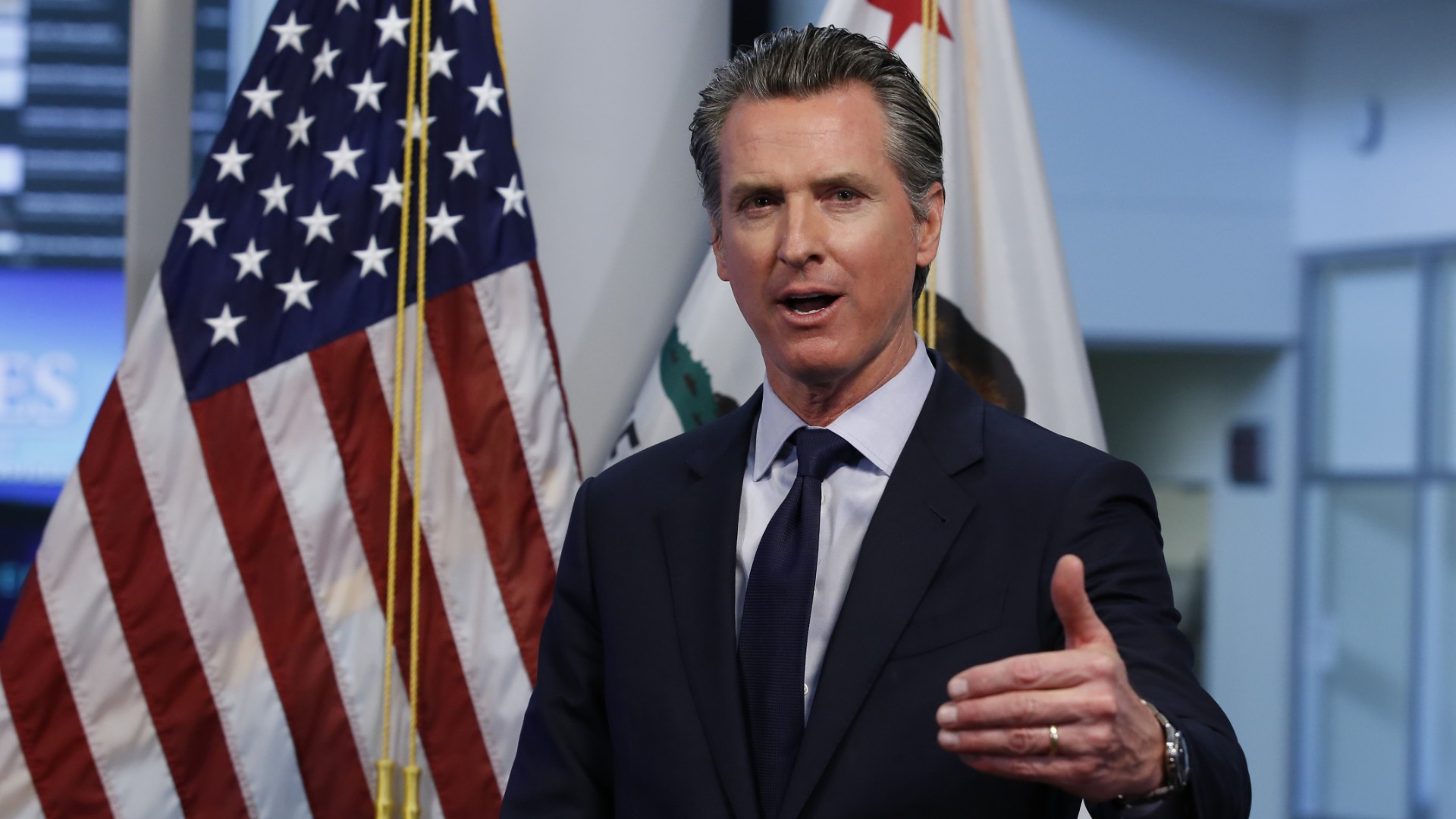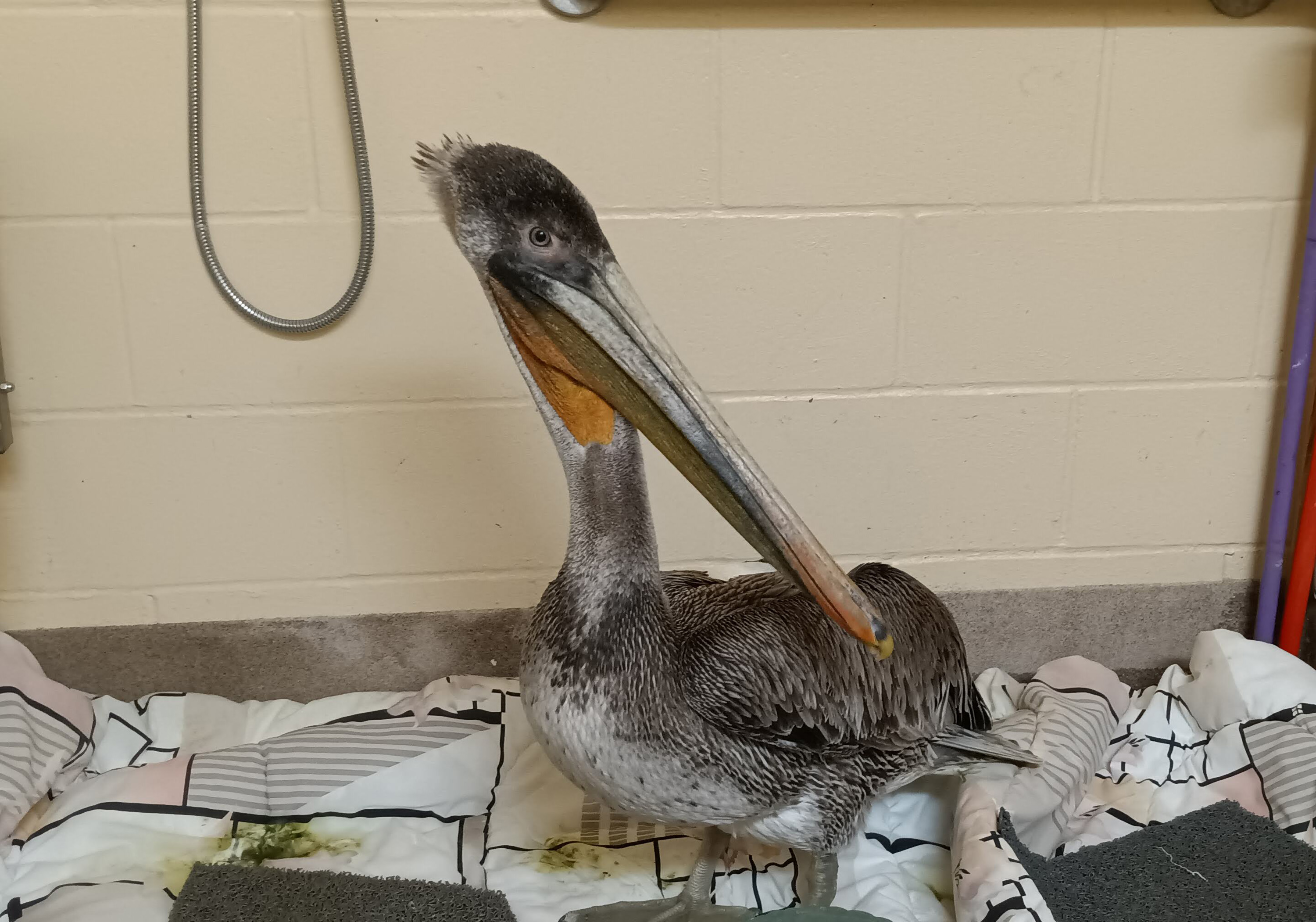More than 1.5 million Americans are getting the COVID-19 vaccine every day, but that’s not enough, according to some experts.
There is a growing consensus among public health officials who believe we need to be doubling that rate to around 3 million shots per day if we stand a chance of outpacing fast-spreading, deadlier mutations of the virus.
A San Diego County spokesperson said right now the county is prioritizing second doses, meaning if we have 3,000 vaccines the county is reserving 1,500 to ensure the second dose is there when it's time for patients to get them.
“I worry that we will do this too late,” said George Mason University economics professor Alex Tabarrok, one of the loudest voices calling on health leaders to switch to a vaccine distribution plan known as “First Doses First.”
“So the idea is to get more people vaccinated in a big push,” Tabarrok said. “And then come around and get them the second dose.”
To borrow a metaphor from economics writer Tim Harford: Imagine cars driving down a highway at night. Harford and Tabarrok say it’s better for all cars to have one headlight than for half of the cars to have two headlights and the other half to have no headlights at all.
“In my view it’s better to get people from 0% protected up to we think 80% protected than it is to get someone who is 80% protected and get them that little bit extra to 90 or 95% protected,” said Tabarrok.
California
He also said some people might not even need two doses. Three unpublished studies found people already infected with the coronavirus reacted to the first shot like people who never had the virus react to the second.
“Everybody should get a second dose but not everybody needs a second dose right away,” Tabarrok said.
First Doses First isn’t just an abstract theory – it’s already happening in other parts of the world.
In Great Britain, the government has delayed the second dose to 12 weeks after the first shot, instead of 3 weeks like here in the U.S. As a result, more than 22% of the U.K. population now has one dose compared to more than 11% in the U.S.
But not everyone is on board.
“The last thing you want is people half immune with a new virus circulating that’s able to invade the immune response after a full vaccination series,” said Dr. Robert Schooley, an infectious disease specialist with UC San Diego. “It’s just asking for trouble down the road.”
Schooley worries pushing back the second dose would result with most people only ever getting one dose, a situation he is not in favor of.
But even Schooley disagrees with the county’s current strategy of reserving half of our vaccines for the second dose. Instead, he said we should be giving out vaccines as they come in and trusting future shipments will cover the second round.
“I’m for going ahead and giving the vaccine that we have into people and trusting the supply chain,” said Schooley. “But I’m not for just giving one dose, and then getting everybody with one dose, and then going back for the second dose when you can.”
One area where Schooley and Tabarrok agree: Our vaccine distribution system needs to speed up because the stakes couldn’t be higher.
“I think basically we’re in kind of a war situation,” Tabarrok said. “And we have to make some difficult choices. And there are trade-offs.”
In a White House press briefing last week, Dr. Anthony Fauci said he still believes prioritizing two doses as fast as possible is the best way to stop the spread and end the pandemic.
There’s also an emerging interest in half doses: the idea that half a vaccine dose may be just as effective as a full dose. Obviously there needs to be more testing, but if true, it has the potential to double our current vaccine supply overnight.
Health leaders have said more than 70% of the population needs to be vaccinated to reach herd immunity.



